
If the purest expression of climbing is doing it, not writing about it, then this book, like the author's attempts to climb Kipling Groove, was destined to be a failure. But better to fail on Kipling Groove than not to have tried it at all, says Ronald Turnbull.
The crags act on us as the moon does on the seas, inert mineral masses exerting their force, leading us to their poles.
What is mountaineering all about, what's it for? It's the question that any climbing book I open ought to answer: the question that it never does. And the 'answer' offered in that opening sentence is downright wrong – gravity being what pulls us off the crags, not what attracts us on. And if you agree with me on that, then possibly David Craig's book isn't for you.
So no, this isn't the answering-it-all treatise on deviant psychology, or sports science, or evolutionary biology; it isn't going to explain what climbing is, and why. And yet at the same time, it is… as Craig evokes climbing as a whole-body artform linking brain, lungs and fingers: the 'fusion of thought, sensation and bodily movement… as though a flare had exploded'. Climbing where, on Gimmer Crack or A Dream of White Horses, that moment of explosion is every moment.
Craig is Gaelic for a rockface, so maybe it was fated. David Craig, who died last year, was a climber mainly in the 1970s. His book was written in the 1987 but with memories and memoirs reaching back to Bill Murray, Tillman, and the climbing years of Jim Birkett and Bill Peascod. As a climber he co-authored the 1970s edition of the Fell & Rock's Buttermere guidebook [see Footless Crow]. As a Marxist poet and intellectual, he founded a radical literature and creative writing course at Lancaster University. Meanwhile, two of his poems at the end of this blog.
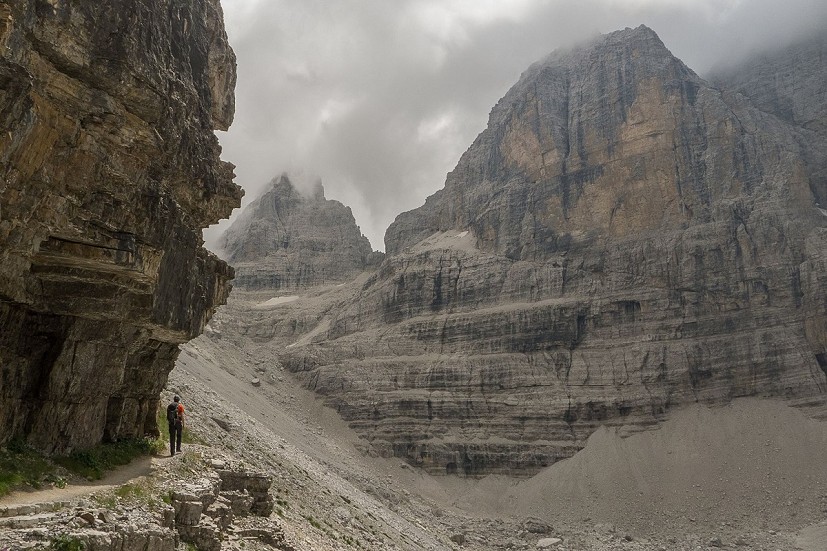
What is climbing about? Thinking back on my distant decade on rock, my later years of hillwalking and scrambling, it was, for me, about the situations. The slab above the overhangs on the New West, the step down around the corner on Spiral Stairs, the mantelshelf move onto the gutter top on the porters' lodge at Trinity, the snow edge on the Weisshorn. Contrariwise, for the people queuing at the Hillary Step on Everest – is it only and entirely about being able to afterwards say they've been up Everest?
The 'stretched and anxious' feeling noted by Coleridge at Moss Force in 1802; the challenge of taking on Sharp Edge or Jack's Rake with getting-past-it levels of eyesight, agility and nerve. The feeling of achievement at topping out on the plateau above, the heightened awareness as the adrenaline drains away…
And the intense community with the real world, the wind and the rocks and the small plantlife – when you're on small holds high above Great Langdale, coldly sweaty in a hilltop bivvy, coming down steep, broken ground in running shoes.
'Native Stones' takes us deeper into the business of climbing, as perhaps only a Marxist poet and merely middle-of-the-road climber can, one who solos at 4c, seconds at 5a and leads at 5c.
And it covers subjects missed out in other mountain books:
The cumulative demoralisation brought on by failures on Kipling Groove (HVS 5a Gimmer Crag, Langdale).
The way that teenagers, in particular, lightheartedly put their own lives at risk and sometimes other people's as well, and whether this is okay.
The way that parents want to protect their young people from casually falling off things and getting killed, and whether that's okay as well…
It's a book about the 1970s, when the pioneering climbs of Joe Brown and Don Whillans still carried their original lichen. The time of nuts for protection but no camming devices, nylon ropes but only one of them at a time. And while everyone thinks their own time was the best time (so sad to be making music in a year that isn't 1967…) it's still entirely objective to reckon the 1970s as the time when climbing combined a sensibly low level of getting killed with the correct level of not being cumbered about with dangly bits and pieces.
Well it is if you're a climber from the 1970s.
Many books celebrate the climbing of fearsome difficult rock faces. This one devotes Chapter 10 to giving in to the fear, and failing to get up it. The purest, noblest form of climbing is [arguably] climbing unclimbed rock, on sight, starting at the bottom. (Perhaps the editor agrees with me on this, but I suspect he's still going to insert an 'arguably' like an intrusive nut-for-aid into my sentence. After all, there are people who think queuing on a fixed rope at the Hillary Step is the finest climbing there can ever be.) David Craig puts up new routes on the Lewisian gneiss below Beinn Alligin, or above the Treviso Hut in the Dolomites near the southern end of Alta Via 2. And then faces the moral quandary. Does he name them, claim them, and write them up in a magazine – thus destroying them for ever, like poisoning a butterfly and pinning it to a board? Or does he accept that the climbing was climbing for its own sake only, and let it fade in memory and disappear. And guidebooks (Craig being himself a guidebook writer) – is writing guidebooks itself a form of colonialism?
Then, during a complicated clamber through the interior and exterior experienced of steep rocks, you pause in balance on a couple of slightly better footholds: pause, and admire the view. And Castle Rock below Helvellyn becomes 'a kind of squat grey-green tower like an eroded Stilton cheese'.
So, like the best Alpine climbs, this book is a mixed route. Section 19: on Romanticism, and climbing conveyed in prose. Section 20: seconding A Dream of White Horses in winter conditions. Section 21: the same ascent again, as a poem. Jim Perrin has castigated today's nature writers for their (our?) ego-infused, hothouse-lexis and rent-a-sentence syntax – despite deploying a certain amount of lexicography himself… But David Craig's book isn't about David Craig – or when it is, it's gently self-deprecating in a way that's almost 19th-century.
No, Native Stones is not a book about people. Native Stones is as the subtitle states it. A Book About Climbing.
Climbing is a practical artform in its own right, occupying the space between dance and sculpture, with an approach to literature in the unwinding of a rock route through the complication of a crag. The best expression of it is not through words, dance, poetry or painting, but in the climbing itself.
So Native Stones, like David Craig's attempts to climb Kipling Groove, was always going to be a failure.
But better to fail on Kipling Groove than not to have tried it at all.
- Mountain Literature Classics: Of Walking in Ice by Werner Herzog 15 Feb
- Mountain Literature Classics: South Col by Wilfrid Noyce 9 Jan
- Mountain Literature Classics: Free Solo with Alex Honnold 29 Nov, 2023
- Mountain Literature Classics: That Untravelled World by Eric Shipton 3 Aug, 2023
- Mountain Literature Classics: Sir Gawain and the Green Knight 4 May, 2023
- Mountain Literature Classics: Menlove 9 Mar, 2023
- Mountain Literature Classics: Basho - Narrow Road to the Deep North 12 Jan, 2023
- Mountain Literature Classics: Conquistadors of the Useless by Lionel Terray 17 Nov, 2022
- Mountain Literature Classics: Mont Blanc, Lines Written in the Vale of Chamouni 20 Oct, 2022
- Mountain Literature Classics: A Short Walk in the Hindu Kush 3 Oct, 2022




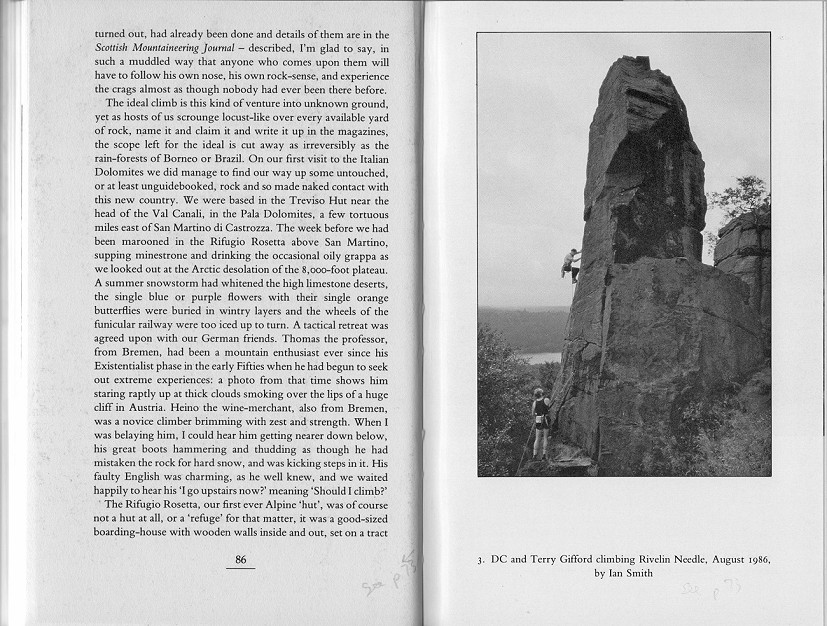
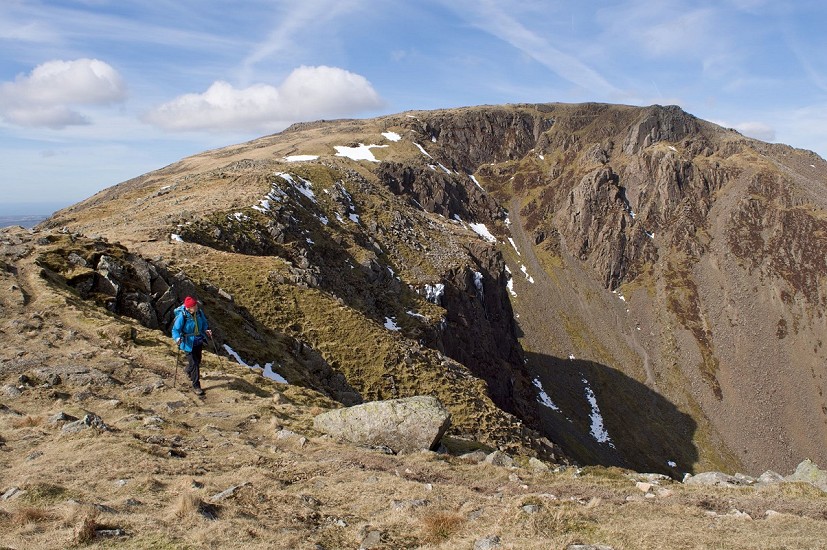








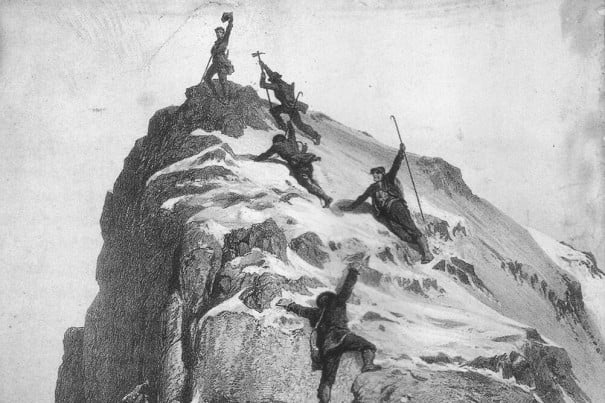

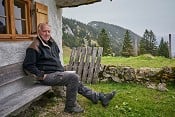
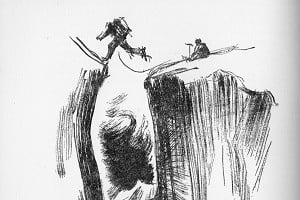

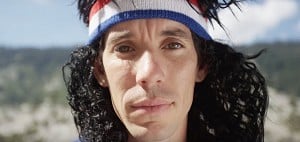

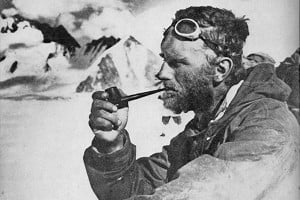

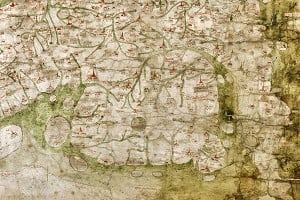
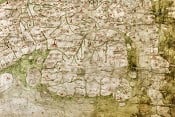

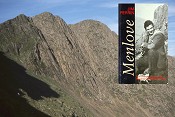
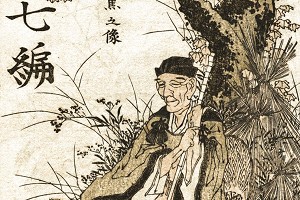
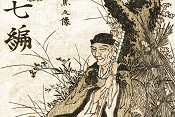
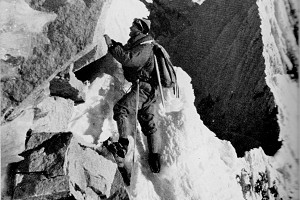
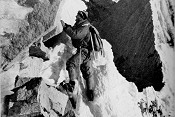
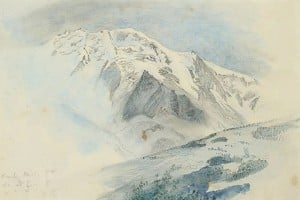
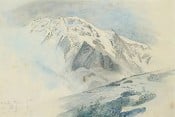
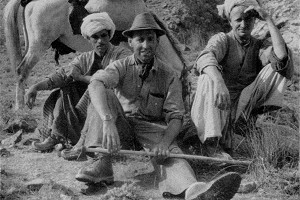
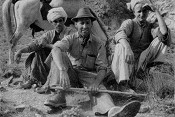
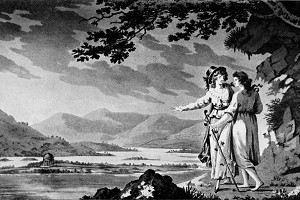
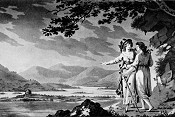
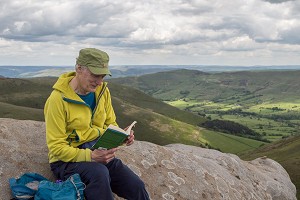
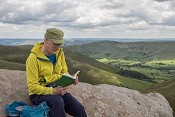




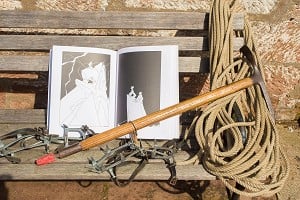

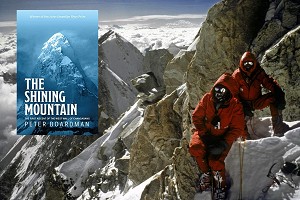



Comments
Thanks for this review. I will have to read Native Stones again, after a gap of maybe 2 decades. It is in my mind as one of the most essential climbing books I've ever read, perhaps The most essential. Yet I remember very little detail of it, though as a serial backer-offer, the pondering on the nature of failure on climbs and its wider psychological context really connected with me.
his book may be a failure, but its a glorious failure, in my opinion one of the best books on climbing I've read over a period of 40 odd years.
I agree with Doug. Maybe its a generational thing but I think its the best climbing book I have ever read. Possibly because its about landscape and friendship. I have always been surprised it wasn't more well known
I read this and M John Harrison's 'Climbers' around the same sort of time. These 2 hit the spot for me, perhaps extra so for grubbing around on the crags of the North West where I started. Little did we know that time would turn out to be a sweet spot for climbing literature. I thought another would be along every year or two. Helen Mort is a worthy descendant though.
"middle-of-the-road climber can, one who solos at 4c, seconds at 5a and leads at 5c." Either he was very good at stepping up when on the sharp end or those numbers have got transposed :)
I LOVE this book. I bought it in a charity shop over twenty years ago. It's such a beautiful read. I'm sorry to hear that he has died.
Si.